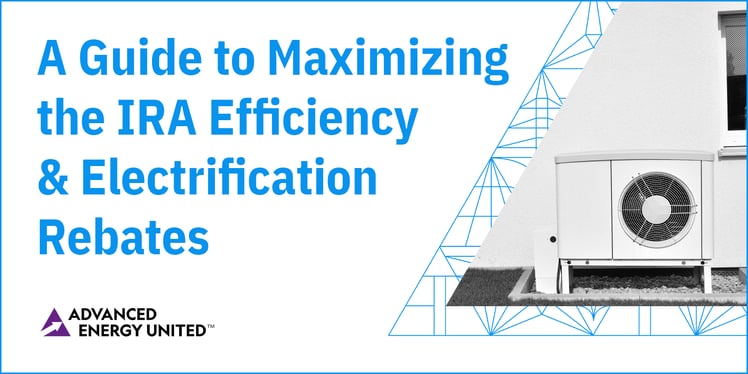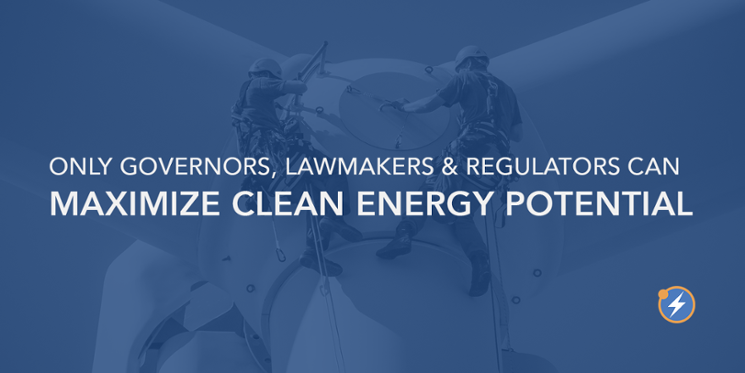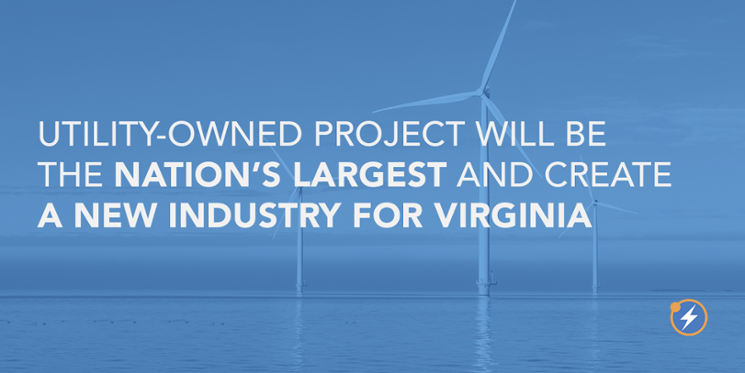 The Inflation Reduction Act (IRA) contained a variety of incentives, grants programs, and policies to help catalyze not only the growth of clean generation, but also energy efficiency and building electrification. Among the notable measures in the landmark law were a pair of residential rebate programs - the Home Efficiency Rebates and the Home Electrification and Appliance Rebates Programs – for which the IRA provided $8.6 billion.
The Inflation Reduction Act (IRA) contained a variety of incentives, grants programs, and policies to help catalyze not only the growth of clean generation, but also energy efficiency and building electrification. Among the notable measures in the landmark law were a pair of residential rebate programs - the Home Efficiency Rebates and the Home Electrification and Appliance Rebates Programs – for which the IRA provided $8.6 billion.
Now, the U.S. Department of Energy (DOE) is prepared to begin allocating these funds out to all 50 states and tribes across the country, to help them provide upfront rebates on efficiency projects, new heat-pump HVAC systems, smart electric panels, and more. While Congress and DOE have attached some requirements to these funds, state energy offices (SEOs) are responsible for designing specific rebate programs. They will decide which households receive rebates, which technologies they finance, and how the rebate programs serve larger public policy goals.
To help states navigate the application process for these funds, and design effective programs, Advanced Energy United and Rewiring America teamed up to produce a new guide: “Making the Most of the Federal Home Energy Rebates.” Informed by the experience and expertise of companies, advocates, and industry experts working in the efficiency, electrification, and distributed energy resource (DER) space this guide is crafted to help states serve low- and moderate-income consumers while also spurring a larger market for residential efficiency, electrification, and DERs broadly.




